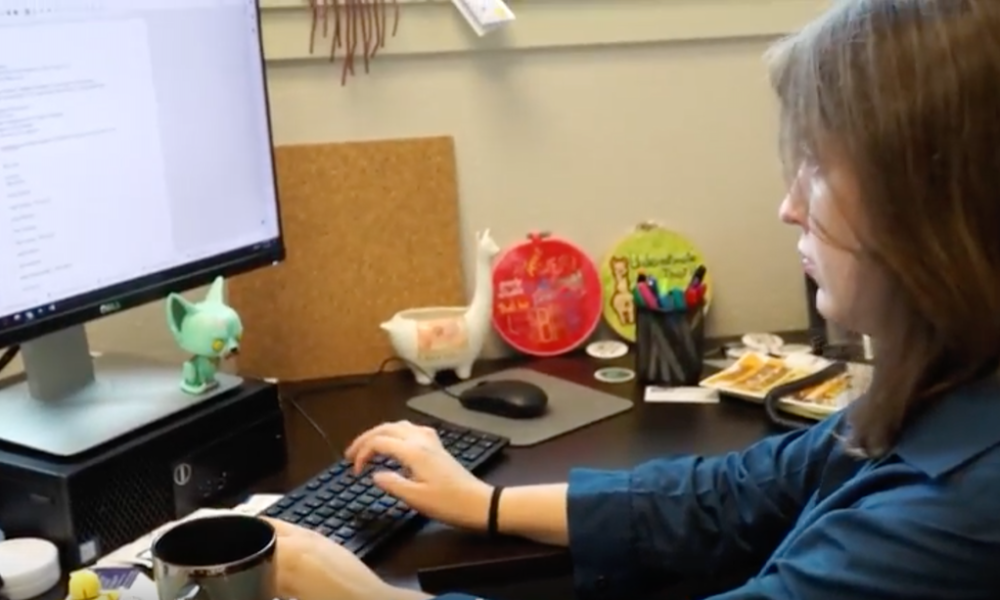
I was planning to work late on Tuesday. I wasn’t quite planning to finish nearly 12 hours of reporting by filing a story just after 11 p.m.
This week saw the Salem-Keizer School Board approve a plan that had been in the works for months to change attendance boundaries for thousands of local kids.
I’d been covering the process from the first meeting of a volunteer task force back in October. Parents who weighed in on plans as they were developed and revised were often worried, and sometimes upset. What will this mean for my kid? How will they do in a new school?
As the plan neared completion and moved to the school board, it became a flashpoint for dozens of broader conversations about how students are educated in Salem-Keizer: the de facto racial and socioeconomic segregation of the district’s schools, teacher burnout fueled by overcrowding at McKay High School and how upcoming school construction money is being allocated.
Those concerns coalesced in two back-to-back evening meetings. On Monday, Salem-Keizer NAACP leaders questioned district staff and the parents who helped develop the plan about its implications for black student achievement. And on Tuesday, nearly 40 students, teachers and parents showed up to tell the school board what they thought.
I attended both, took notes, and did my best to convey the complexity of the issues and concerns being raised. I also hoped to answer basic questions about the changes for readers whose main concern was, “What does this mean for my kid?”, explaining how would transportation work, and which students would be required to switch schools.
Few reporters would list “covering three-hour public meetings” as a favorite part of the job, and usually I’m the first to agree. Often, government meetings mean skipping dinner and quality time with our families (or in my case, roller derby practice) and typing frantically to meet a deadline while realizing you’re not sure how to spell the name of that one parent who testified six people ago.
But this process felt different. Several parents testified in Spanish about their fears over sending their kids to schools too far from their homes, and begged the board to approve the plan. Many said they’d never been involved in a district decision before and didn’t think anyone cared to hear their opinion.
McKay students and teachers made a strong showing, speaking of their pride in the Royal Scots and their dismay at the continued reality of their undersourced, overcrowded building.
And occasional moments of levity united the room, even as people cried, raised their voices and demanded to be heard. McKay sophomore Leanette Mabinton won over the room speaking about how much she loved her school and telling the board members she didn’t know what they should do, but she didn’t want to have to see her teachers come to them crying again. One concerned citizen told the board they should scrap the entire plan and instead build a brand new high school with an Olympic pool, because anything else would be dangerously close to socialism.
By the time the board voted, I had migrated to a seat on the floor to charge my laptop and was frantically typing while slapping my face to stay focused. The meeting got out at 10:30 p.m., and I drove home, wrapped up the story and kicked it over to my colleague, Troy Brynelson, to edit.
While idly browsing Twitter, I noticed a fellow education reporter and friend, Dahlia Bazzaz of the Seattle Times, also was up covering election returns for a few local school levy measures. I saw people were still engaging with the tweets I’d posted during the meeting, asking questions about particular pieces of testimony or just saying they appreciated me doing live updates.
By the time I finished, I was so full of adrenaline it took me another hour of reading with my cat before I was tired enough to sleep.
Sometimes, it turns out, the 12 hour days are the most rewarding.
Reporter Rachel Alexander: [email protected] or 503-575-1241.









